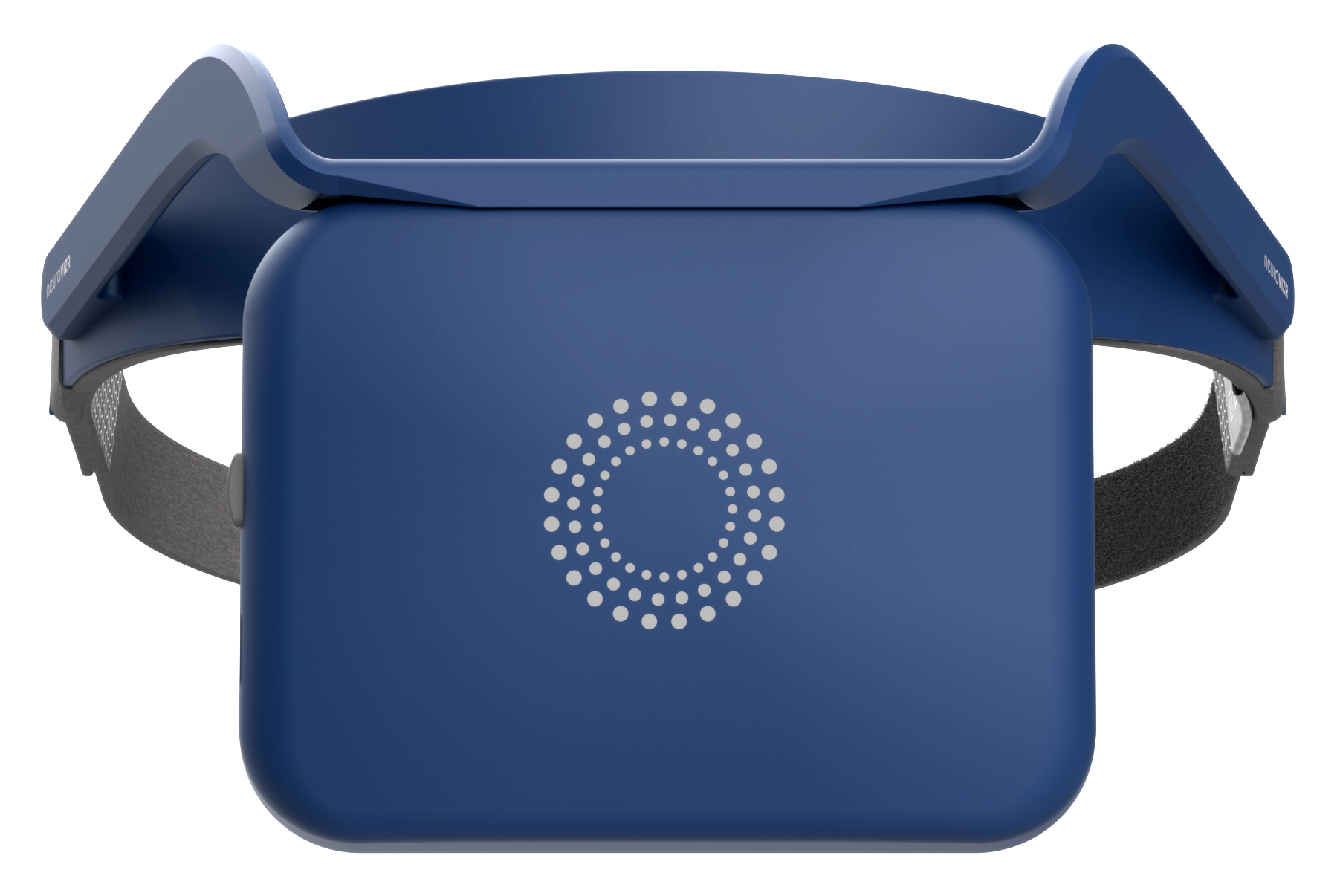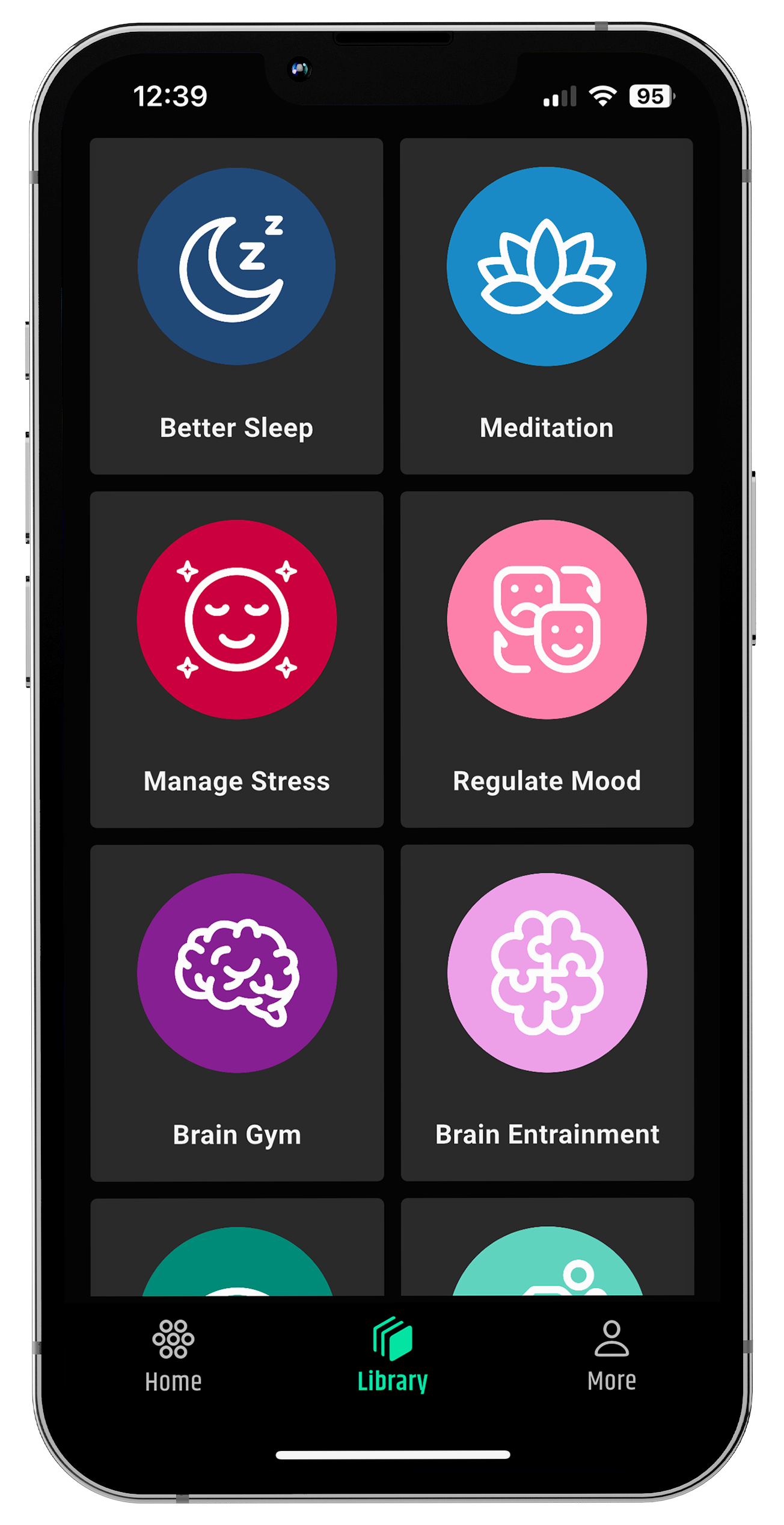When people explore personality frameworks like the Myers-Briggs Type Indicator (MBTI), one of the most intriguing distinctions is between Thinking (T) and Feeling (F). These two preferences reveal how individuals make decisions and they influence everything from how we approach relationships to how we solve problems at work.
But what exactly do "Thinking" and "Feeling" mean? Can someone be both? Is one better than the other? This blog dives deep into the topic, answering these questions while also highlighting gaps left by other articles with added clarity, real-life examples, and practical insights.
What Is the Thinking vs. Feeling Personality Trait?
In MBTI theory, Thinking and Feeling describe how you make decisions:
-
Thinkers (T) rely on logic, objectivity, and consistency. They value fairness and tend to ask: "What makes the most sense?"
-
Feelers (F) rely on personal values, empathy, and harmony. They ask: "What feels right for everyone involved?"
This doesn’t mean Feelers are emotional and Thinkers are cold it’s about the lens through which you evaluate choices.
Real-Life Examples: Thinking vs. Feeling in Action
-
In Relationships: Thinkers may prefer resolving conflicts through logic and analysis. Feelers might focus on emotional reassurance and understanding.
-
In Everyday Life: A Thinker might pick the cheapest insurance policy because it's the most cost-effective. A Feeler might choose a more expensive option with better customer service because they value human connection.
- At Work: A Thinking-type manager might prioritise performance metrics, while a Feeling-type manager focuses on team morale and relationships.
Do check out the: INFJ Strengths and Weaknesses
Common Misconceptions
-
Thinkers are heartless" False. Thinkers care, but they prefer to show it through solutions rather than sympathy.
-
Feelers are irrational" Not true. Feelers simply use a value-based framework that prioritises relationships and ethics.
-
You’re either one or the other" Actually, many people use both they just lean more toward one side.
Can Someone Be Both a Thinker and a Feeler?
Absolutely. While MBTI categorises you based on preference, everyone has the capacity to use both Thinking and Feeling functions. Life situations often demand a balance:
-
A Feeler might use logic in a legal or financial decision.
-
A Thinker might rely on values when making a moral or ethical choice.
Think of it as a dominant style, not a fixed label.
When Thinkers and Feelers Clash
Because their decision-making styles are so different, misunderstandings can arise:
-
Thinkers may view Feelers as too emotional or inconsistent.
-
Feelers may find Thinkers insensitive or overly rigid.
Understanding each other's frameworks can lead to more productive conversations and mutual respect. For example, a Feeler might explain the emotional impact of a decision, while a Thinker brings in data to ground the discussion.
 Navigating the space between logic and values, between thinking and feeling can feel like walking a tightrope. neuroVIZR stress relief devices is a non-invasive light‑and‑sound brain‑wellness device thoughtfully designed to support both sides of your decision-making process.
Navigating the space between logic and values, between thinking and feeling can feel like walking a tightrope. neuroVIZR stress relief devices is a non-invasive light‑and‑sound brain‑wellness device thoughtfully designed to support both sides of your decision-making process.
How It Works:
-
Neuro‑entrainment sessions to help harmonize cognitive clarity (thinking) with emotional resonance (feeling)
-
Guided protocols tailored to personality modes: logic-centered sessions for thinkers; values-centered for feelers; hybrid modes for those seeking integration
-
Real-time sensory feedback that encourages self-awareness: “This is your logic. This is your empathy.”
Whether you tend to overthink or overfeel, neurotechnology device helps cultivate decision-making that’s both grounded and authentic.
Use it after personal reflection or personality assessments to explore balanced insight in action.
Growth Tips for Thinkers and Feelers
If you're a Thinker:
- Pause to consider how others might feel about your decisions.
- Practise expressing empathy, even if it doesn’t come naturally.
If you're a Feeler:
- Don’t shy away from difficult conversations logic and structure can support your values.
- Consider when objectivity might serve your long-term goals better.
Summary: Thinking vs. Feeling Isn’t About Right or Wrong
The Thinking vs. Feeling dichotomy is not about intelligence, morality, or emotion it’s about preference. Whether you're a T or an F, knowing your decision-making style helps you:
-
Communicate better
-
Reduce misunderstandings
-
Make decisions more effectively
-
The goal isn’t to label yourself it’s to grow through self-awareness.
Frequently Asked Questions:
What is the difference between Feeling and Thinking?
In the context of personality types (especially Myers-Briggs), Thinking (T) and Feeling (F) refer to how you make decisions:
-
Thinkers (T) make decisions based on logic, facts, and objective criteria. They prioritise fairness and efficiency, often setting emotions aside to stay rational.
-
Feelers (F) make decisions based on personal values, empathy, and how actions will affect others. They seek harmony and prioritise people’s feelings and relationships.
Neither is better they simply reflect different priorities in the decision-making process.
How do you know if you're Thinking or Feeling?
Ask yourself these questions:
-
When making tough choices, do you focus more on what’s fair and logical or how others will feel?
-
Do you value being honest and direct, even if it hurts, or being considerate and tactful, even if it bends the truth?
-
Do people often describe you as objective or empathetic?
If your answers lean toward logic, fairness, and truth, you're likely a Thinking type. If they lean toward empathy, values, and harmony, you're probably a Feeling type.
Personality tests like MBTI or 16Personalities can also help confirm this.
What is the difference between Thinking and Feeling in a relationship?
In relationships:
-
Thinking types tend to show love through problem-solving, advice, or practical support. They may appear emotionally reserved but are loyal and reliable.
-
Feeling types show love through emotional connection, affirming words, and being in tune with their partner’s emotions. They value open communication and emotional harmony.
-
This difference can create misunderstandings e.g., a Thinker may feel they're helping by fixing a problem, while a Feeler just wants to be heard. But understanding each other’s approach can strengthen the relationship.
Disclaimer: neuroVIZR is a wellness device created to promote relaxation, focus, and overall brain wellness. It is not a medical device, does not provide diagnoses, and is not intended to treat, cure, or prevent any medical condition. The device is not suitable for individuals with epilepsy. Experiences and results may vary from person to person.



























Share:
10 Meditation Hand Positions and Their Benefits
Examples of Zen Koans: Riddles That Wake the Mind